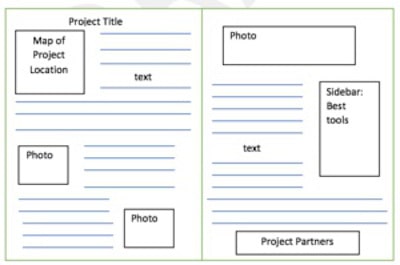Project Description
Northern Rockies Atlas of Conflict Prevention
The need to proactively mitigate carnivore-livestock conflicts in the Northern Rockies is essential to securing rural agricultural livelihoods and simultaneously ensuring connectivity for these native wildlife populations. The overall goal of this project, being conducted through my position as Program Manager at Future West, is to reduce livestock-predator conflicts throughout the Northern Rockies by increasing awareness and adoption of non-lethal predator control measures on agricultural operations. The first step of this program is to create a publication designed primarily for university students enrolled in Animal Science, Rangeland Ecology, and other agricultural programs, and secondarily for livestock producers, wildlife professionals, and the general public. The more individuals, communities, and wildlife agencies adopting nonlethal measures, the more conflicts we can prevent for ranchers and the more carnivores we can keep alive and able to traverse the landscape. The publication will take the form of an “Atlas” or field guide that profiles ongoing individual, community, and governmental efforts to reduce livestock-predator conflicts using nonlethal means.

Figure 1. Sample profile layout. Each profile will include a map indicating project area, project history, primary tools/measures being used (range riders, guard dogs, etc.), lessons learned, expenses and how funded, bios, 2-3 high quality photos, and project partners.
The forthcoming Atlas is a tangible product that will be used by instructors, landowners and others to facilitate more on-the-ground efforts to support shared landscapes between people and native carnivore populations. The objective is to provide current and future agricultural and wildlife professionals—and the general public—with a source of information, conveyed in a way that is purely informational and directly applicable. The Atlas will provide a “menu” of strategies for sharing landscapes with wildlife, based on what has worked—and not worked—for others. The guide will differ from other publications in that it will present detailed profiles of real people and actual ongoing efforts, rather than just theoretical tools. It will provide a platform for those already engaged in these efforts to share their experiences in their own voices, and inspire students, ranchers, landowners, wildlife professionals, and others to begin, continue, and/or expand their own use of nonlethal conflict prevention measures. We are building an advisory committee of livestock producers, conservation colleagues, and university professors that will help ensure the Atlas is designed and published in a way that is useful to classroom instructors and accurately represents the efforts being profiled. Check back for updates on the progress of the Atlas and further developments on the broader program I am creating with Future West!